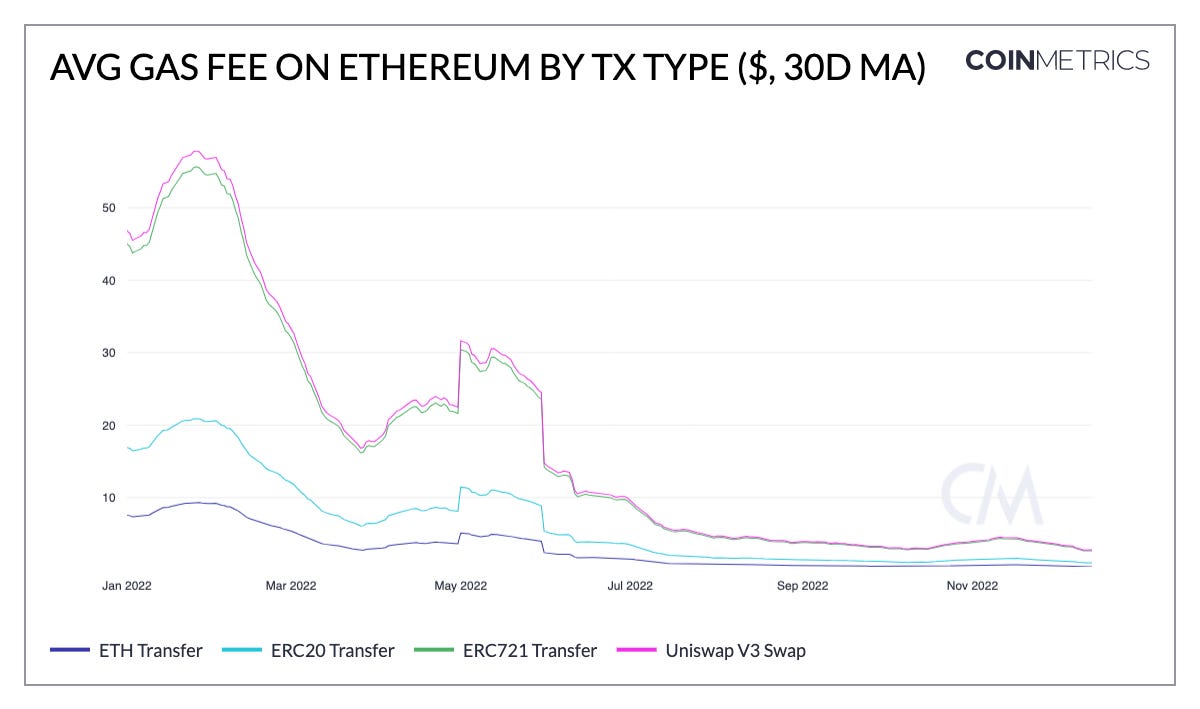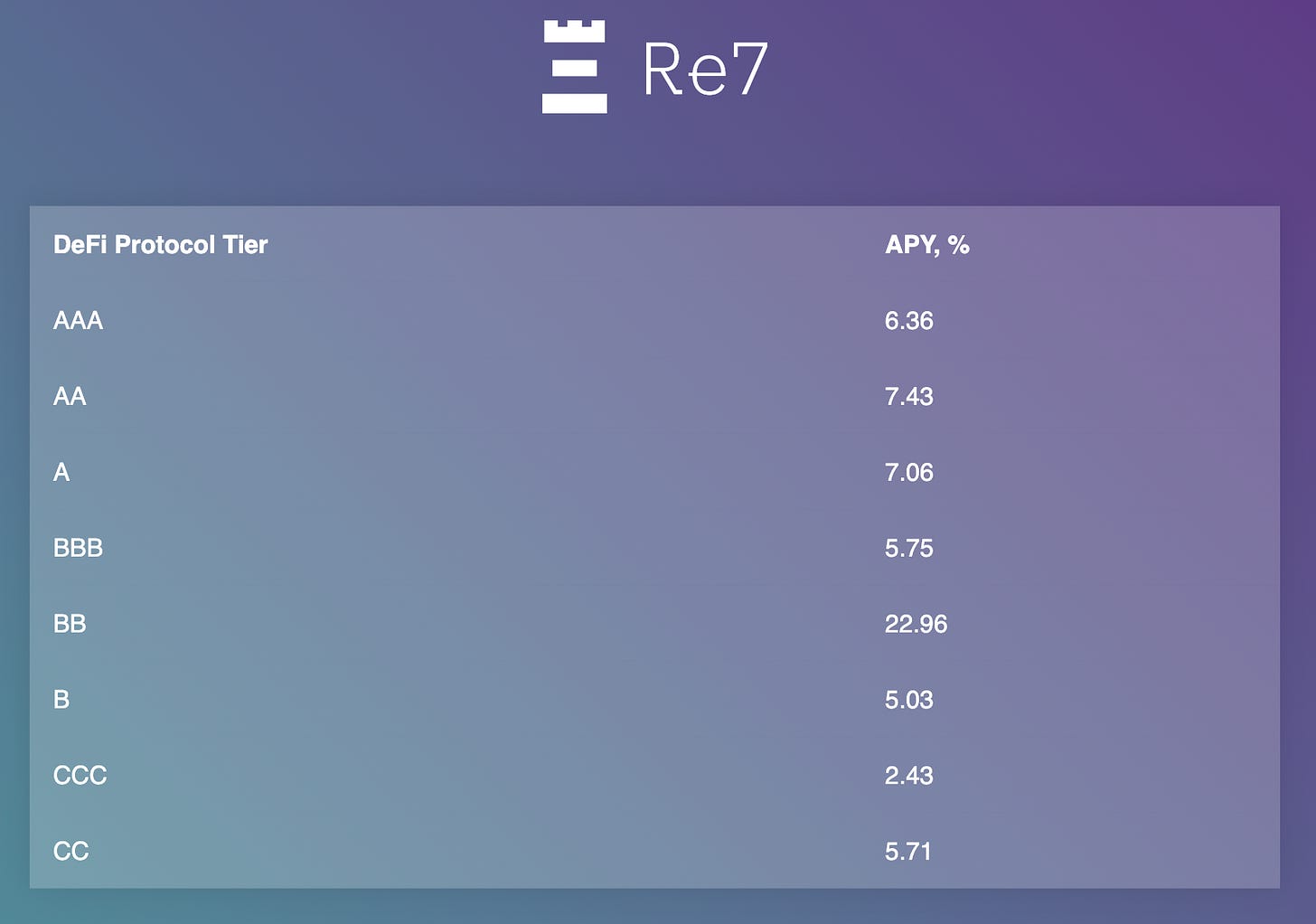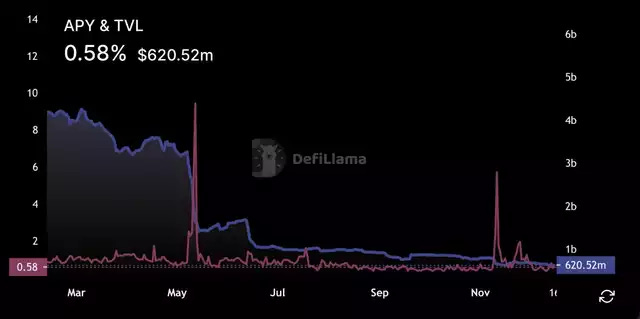Continued from Part 1.
④ APE Staking
👥 Ed (Nansen)
📈 A first glance into APE staking
🔗 Website | Community | Jobs | Dashboard
The APE staking contract went live on December 5, with pre-deposits available at launch. Reward accrual started on December 12. There are 4 staking pools, each with a different commitment and APE participation limit per asset committed. 100m APE tokens (~10% of supply) are allocated to the staking program in the first year. Were market participants generally buying or selling Yuga Labs NFTs? Between November 5 - December 7, there were more unique sellers than buyers for both BAYC and MAYC collections.
As of December 15, machibigbrother is currently the largest Smart Money staking in the pool, followed by Arca, dingaling, kfox.eth, and JRNYcrypto. 65 Smart Money wallets are currently in the staking pool, with 4.2m APE (~$16.5m). A total of 78.3m APE (~$312m) have been staked.
Just a week ago, only 12 Smart Money wallets were in the staking pool, with 364k APE (~$1.4m). Are Smart Money wallets bullish or bearish? The >11x increase in Smart Money deposits into the APE staking contract in just one week could indicate that it may be the former.
⑤ Ethereum Gas Market
👥 Kyle Waters & Nate Maddrey
📈 Gas stays cheap, averaging 17 GWEI last month
🔗 Website | Community | Jobs | Dashboard
The Ethereum transaction fee market has remained relatively quiet in the second half of 2022. Ethereum users pay gas to incentivize their transactions to be included in blocks. The average gas price per transaction has held steady, around 15-20 GWEI since spring of this year. Users paid an average gas price of 17 GWEI last month.
Although the Merge effectively introduced a minor boost to network throughput, the fee market has been quieter as unprecedented demand for blockspace has subsided. Various types of ETH transactions are now much more affordable, with the average, “vanilla” transfer of ETH costing users less than $1.
The lower fees also make smaller transfers more economically practical. The number of ETH transfers below $100 in value has remained above 750k per day since July.
⑥ Uniswap V2
👥 Andrew Hong
📈 Usage and stability of Uniswap v2 USDC pools
🔗 Website | Community | Jobs | Dashboard
There are over 100k pairs on Uniswap V2, but not all of them see the same usage or stability. In the "12 Days of Dune" course that's currently running, pair quality is being analyzed. Below are the MEV volumes of the USDC/WETH pair. Some weeks see 50% MEV volume for the USDC/WETH pair.
Comparing across all USDC pairs, MEV % is pretty evenly distributed. It's >40% of total volume for volatile tokens like WETH, FRAX, and WBTC, while sitting around 16% for stablecoins like USDT. USDC/WETH sits at 45% MEV volume over the last 8 months, with $4.2b in volume.
Next week will be focused on pair stability - meaning how stable is the liquidity provided to each pair? Early analysis shows that the HHI (concentration of liquidity) of most pairs is above 5k - meaning they're very concentrated. USDC/WETH has the highest number of LPs and fairest distribution.
⑦ Magic Eden Royalties
👥 Lee Tirrell and Anduril (Spire)
📈 Creator royalties on Magic Eden remain relatively steady
🔗 Website | Jobs | Dashboard
The market share of Solana’s top NFT marketplace, Magic Eden (ME), dropped by nearly 30% after competitors began offering sales with 0% royalties. ME introduced optional royalty fees in October, and since only 25% of sales paid royalties. But is it all bad? For top collections, expected royalty fees have increased 3x compared to before they became optional. However the total SOL royalty fees generated only decreased by 25% (60% in USD value), lower than the change in expected fees may suggest.
What may be driving this similarity in royalty payments? Sales on ME have increased 3.5x since October 15th. Creators may feel they are missing out on potential royalties, but what if optional royalties actually lead to more sales? Future work will aim to answer this question.
Interestingly only 1% of sales choose to pay half of the creator’s suggested royalty amount. Purchasers generally pay all or nothing. This is an area for exploration in the future of royalties. Is there an optimal royalty payment amount that can drive some users to pay more than 0%?
⑧ Re7 Risk Index
👥 Evgeny Gokhberg
📈 DeFi AAA yield under 8% while risk mispriced
🔗 Website | Community | Jobs | Dashboard
AAA-rated yields in DeFi are holding around 8%, remaining attractive for institutional investors looking for uncorrelated risk. Meanwhile, projects that come with higher risk are picking up yield with rates reaching as high as 20% in the B-rated tiers. Projects rated in the lower C-tiers have low rates. While this seems counterintuitive, it shows that the market is mispricing risk, where the more-risky DeFi yield farms are over-allocated.
Yields are down in the highest-rated protocols because there have been large inflows of capital from institutional and more risk-adverse market participants. Yield on 3pool deposits is only 0.53%, and other pools have similarly low yield.
New DeFi investors flock to the most battle-tested protocols. But with yields down, will they move to higher-yielding options? GMX peaked at 50% in the last 30 days. Risk tiers and limiting portfolio exposure will allow institutional investors to expand beyond blue-chip protocols.



















